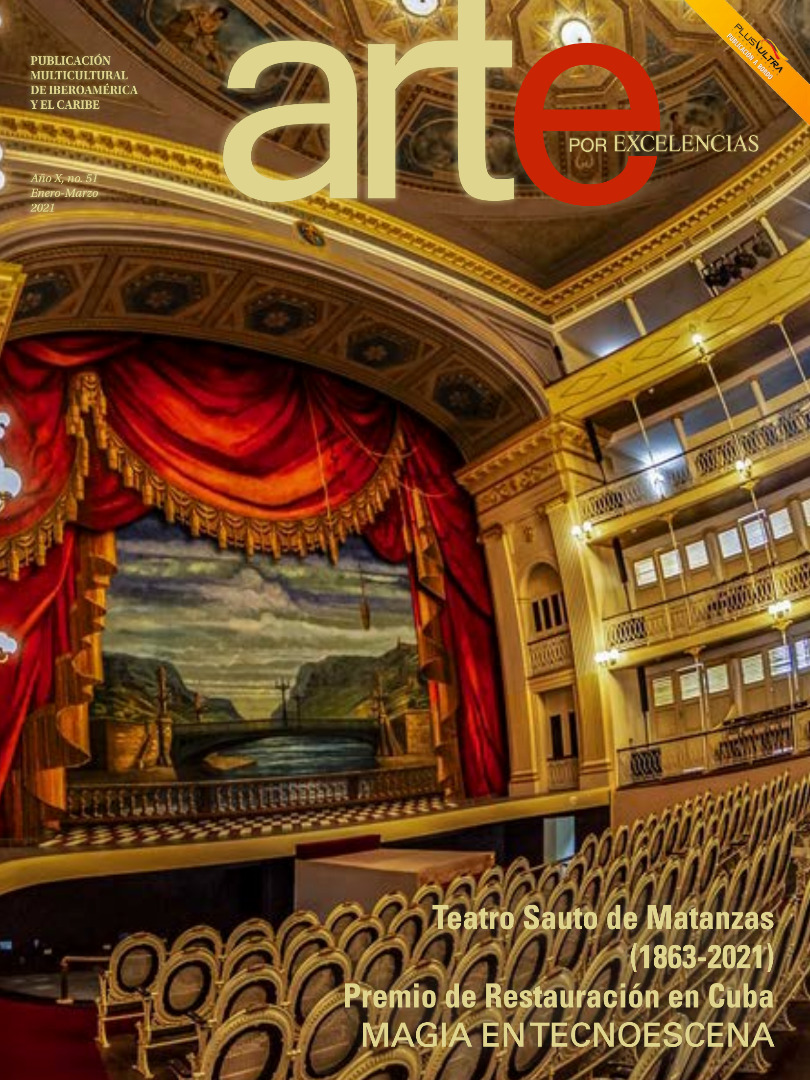In the history of conceptual art, there are works that live out where the idea dethrones the object or the material from its own invisibility of disappearance. So is the case of the mile-long tin rod buried in Walter de Maria –it’ll be worth mentioning also his Campo Iluminado (1977) that gets activated by means of the eventful irruption of an electrical shock– Claes Oldenburg’s scream in the middle of the New York’s wee hours, or Felix Gonzalez-Torres’ sky-blue sheets that spectators take back home in a bid to reflect themselves in the mirror of eternity.
As such dematerialization processes are consumed, these pieces take the chance of dying out in the middle of the media hype or in the vice of perennial museum contemplation. However, something rescues them like tolerable experiments in the less orthodox imagination: memory. The one thing that actually validates these gestures in the face of posterity is that they are remembered with awe, incredulity or nostalgia.
What does Doris Salcedo evoke when she orders to choose the floor of the Hall of Turbines with a 547-foot-long crack? Beyond its biblical or poetic implications, the intervention of the Colombian artist in London’s Tate Modern pierces the surface in which the real and the symbolic melt into one another as a token of an unbeatable conflict: the barriers that divide men immersed in the globalizing temptation aroused by political mediation.
According to the sculptor, an expert in peripheral catastrophes, “the space that marks off a work is a negative space, which is at the end of the day the space that we people from the Third World take in the First World.” This ineludible truth hinges on a similarly organic attitude: “If I, as an artist of the Third World, am invited to build a work of my own in this space, I have to bring to them just what I am and the perspective of what I am”. By striking this point of manipulating balance, Salcedo could say in an unhesitant tone: “I am the theme of my artwork.” Thus, the visual solution and the esthetic stance incarnate a tautology that thanks the presence of a sensible spectator from any region of the planet.
“Shibboleth” (2007) is the title of a proposal marked by thorough literary elaboration. It alludes to a passage of the Old Testament that describes how the members of a tribe used to kill their peers from a rival one because they simply uttered that word with a different pronunciation. Likewise, it recalls the “Shibboleth” poem written by Rumanian-born, Jewish-origin German author Paul Celan, verses in which everything ends in permanent mourning. Such a reference allows Salcedo to justify the statement of her gesture when she says: “Art has no capacity of redemption. Art is powerless in the face of death”.
Jorge Luis Borges was right: “Every poem is an elegy as time passes by.” The assertion of this prophetic lyric –easy to verify in our times– is something Salcedo has really cashed in on.
We should not forget either that Paul Celan (1920-1970) killed himself by plunging into the Seine River from the Mirabeau Bridge only to join the rank and file of media-hyped suicidal celebrities of the new millennium. Who couldn’t be moved, or at least shiver quite a little, by that blend of tragedy and pathetic attitude? That made it easier for a dosage of dramatic warmth to set in as a verbal supplement to an intervention whose kindhearted appearance makes even kids come closer to it and fearlessly touch the cracks that symbolically partition the gargantuan Hall of Turbines.
Trapped between seduction and wounds sways this piece that goes from the real end to the symbolic one quite easily. Nobody questions the linkage of “Shibboleth” with the strategic legacy of the emblematic Gordon Matta-Clark (1943-1978) and Hans Haacke. However, she lacks the clandestine aura of Matta-Clark when it comes to sectioning abandoned buildings or Haacke’s upfront defiance of the financial setups that support the economic underpinnings of the artistic mechanism. Of course, D.S. didn’t take the risk of having the police stop the intervention, as it did happen to Matta-Clark, nor she endured the museum’s own censure, as it has occurred to Haacke. In return, she has come up with a piece that deserves the attention of both the public and the critics.
It’s curious that Salcedo engulfs her work in terms of “a review of the arts, of art history, of museum and last but not least, of society in general” because, as she puts it, “the museum and art in particular have played through the years a major role in defining an ideal of beauty and, therefore, an esthetic ideal.”
How in the world can such a questioning proposal be so well acclaimed by the same institution-art and its mesh of publicity consensus? Should we feel pleased that so jarring a metaphor can cause more attraction than rejection? Is there any future meaningfulness in the fact that by hiding cracks a scar in the floor of the art gallery can prevail as a crucial testimony of a profound wound, just like the director of the Tate Modern brags about? You ought to be a deeply naïve consumer to recount the stanza of the “song against racism” –brandished by Doris– that emanates from the intervention.
Something quite different was suggested by Teresa Margolles (Culiacan, 1963) when she filled up a trench with the blood of murdered people. At that time, visitors simply left the room with no comments to make about a nicely installed landscape. Without abandoning the referential context that inspired this work, Margolles rebuffed the public that refused to smell the reek of death. In this case, the shock was being perceived without a possible visual or merely literary connotation.
“(The crack) is bottomless,” says D.S. “It’s as deep as the crack in mankind.” In line with this statement, the artist provides a catharsis of endless unanswered questions: How long will human beings persist in the painstaking effort of setting unbridgeable boundaries? Will it be that the “They Will Not Pass Through” sign threatens to derive into a slogan that roots for the impossibility of universal harmony? Will we be obliged to acknowledge that division is indeed the only sustainable dialectics in an allegedly changing world? But so much historic ubiquity doesn’t manage to fulminate the obvious veracity of a topological earthquake teeming with nothingness, doubts and failures.
Doris Salcedo (Bogota, 1958) did transform real chaos into symbolic beauty. Her fracture also hints at forking trails shaken by a benign quivering of the first Latin American artist who enjoys the privilege of exhibiting artworks for six months straight at the Tate Modern. Scar or disappearance? Mark or emblem? Everything is worked out in a troublesome sham that meets its goal: the representation of a tragic farce that’s whipped into shape by the impact of the image.
There’s no doubt this is just another devastating blow from a sculptural silence assisted by the eloquence of textual foundations. Let’s put it this way: a nearly perfect alibi of conceptual marketing. To top it all off, people may walk in the Tate Modern and judge without any duress the allegoric debris of past, present and future history.
This is the shrewdest way of reminding the makers of the First-World mainstream of what they just want to hear in the voices of those Third-World artists they have handpicked. Any sharp mind might suspect they have agreed not to bring up the sentence of English author George Orwell in the forewords to his satirical novel The Farm Rebellion (1945): “Freedom is to tell people what they don’t want to hear.”
Salcedo insists that her “acts of memory” don’t seek to showcase the spectacle of violence, but rather the latent state of it. Under this abstract footprint of her own, likelihood is that visitors to the Hall of Turbines will make a dream come true: the enjoyment of a comforting show. The paradox is forewarned in the accidents that some of the curious one have suffered, caused by an unprotected slit. Thus, the minimalist crack is construed as a hook ready to scoop the sensationalist crudeness.
After leaving behind the former electrical plant where the Tate Modern is located, what does actually stay alive in the collective memory of the spectators for whom this piece is being displayed? A global disaster built with precision and synthesis good enough to call for an ovation?


Publicación anterior Jose Bedia:Our obligation of going cross-cultural
Publicación siguiente Edwin Rojas. Metaphor of a Journey
Publicaciones relacionadas

Un tejido expositivo con genuinos imaginarios
Diciembre 19, 2024
Geo Ripley: De la sombra a la luz
Diciembre 11, 2024













